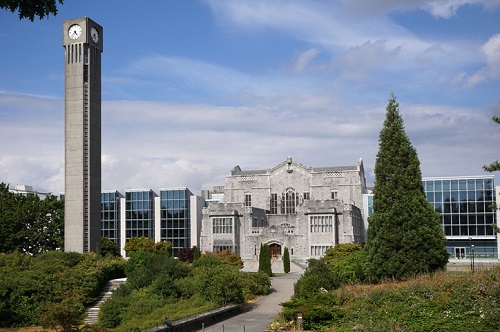Last Updated on October 24, 2023 by Neil Sharma
While there’s no shortage of desperate renters in Canada’s largest city, an often overlooked demographic might be the safest bet for landlords.
“I’m an investor first and my personal portfolio is student properties in Waterloo,” said Right At Home Realty’s Manu Singh, a broker. “I bought my first duplex there with six units. The further you go from the university hub, the larger the house. As you get into the proximity of main roads, you’ll have to go more apartment building-style with higher density.”
‘Ditch the day job – make real estate your big gig with CREW’
Singh warns that investors will need to be discerning because price points aren’t what they were when he began investing in student properties. He recommends Kingston, St. Catharines and Guelph.
“If you go into lower density areas, the ROI and cash flow is not as good as it used to be because prices have gone up,” he said. “I still hold a property 14 years later and it’s cash flowing nicely, but if investors were to get in now the prices have appreciated so high that they don’t cash flow well, unless they put a ridiculous amount down.”
Alex Balikoev, a Core Assets Real Estate sales agent, says that university towns are replete with investor-owned student condos.
“The investor benefits a lot,” he said. “In smaller cities, they build student condos, although they’re only condos in title; they look like residences with tiny bedrooms and kitchenettes. The trend started with investors buying up single-family homes and splitting them room by room to students. Once the prices reached a certain point in Toronto, investors started looking outside of the city.
“Buying something geared towards students, who are guaranteed tenants, is a bulletproof investment.”
While the trend is growing throughout Ontario’s student towns, it hasn’t caught on in Toronto. But as the post-secondary student population swells throughout the country, effectively filling up dormitories, an opportunity certainly exists.
“In Toronto, the builders don’t do it because the price per square foot is so high and the investor wants more flexibility,” said Balikoev. “With the recent growth of schools and the inflow of student, universities need more campus space. It definitely presents an opportunity to the private sector, but in Toronto it’s too expensive with the price per square foot.”
However, an obvious solution is investing in properties situated near universities and colleges.
“In downtown Toronto it’s tougher because you don’t have the land and capacity to build private sector, but an interesting twist is a lot of investors are looking to get condo units around Ryerson and University of Toronto that are one-plus-dens or two-plus-twos, and those do really well for students,” said Singh. “That wa you can have investors use condominiums to build a small portfolio.”
Related stories:
Neil Sharma is the Editor-In-Chief of Canadian Real Estate Wealth and Real Estate Professional. As a journalist, he has covered Canada’s housing market for the Toronto Star, Toronto Sun, National Post, and other publications, specializing in everything from market trends to mortgage and investment advice. He can be reached at neil@crewmedia.ca.









